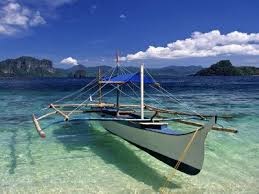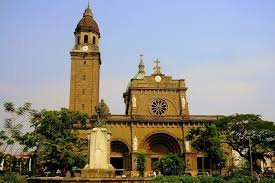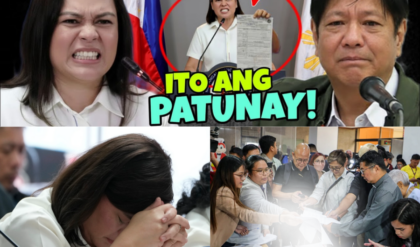Philippines – The recent political turmoil in Madagascar, which saw the military seize power following weeks of anti-corruption protests and the impeachment of President Andry Rajoelina, inadvertently sparked a unique discussion on social media. Many users, noting the distinctly Asiatic features of President Rajoelina, questioned the ethnic makeup of the Indian Ocean island nation, often asking: “Why does the president look Asian?”
This observation highlights one of the most remarkable facts in global human geography: the fundamental connection between the inhabitants of Madagascar, known as the Malagasy, and the people of Southeast Asia, particularly the Filipinos.

The Astonishing Fact of Human Geography
Anthropologists classify both Malagasy and Filipinos as belonging to the Austronesian ethnolinguistic group, whose ancestral origins are widely believed to trace back to Taiwan.
In his renowned book, Guns, Germs, and Steel, author Jared Diamond described the Austronesian settlement of Madagascar as “the single most astonishing fact of human geography for the entire world.” This is due to the immense distance separating Madagascar from the origin point of its earliest settlers—a journey across the Indian Ocean from Southeast Asia, specifically the island of Borneo.
Historical and genetic evidence supports the view that the first human inhabitants arrived in Madagascar only about 1,300 years ago, primarily from Southeast Asia.
The Merina: The “Most Asian” Ethnic Group
While the Malagasy people, in general, are a blend of Indonesian and East African genetic influences, the degree of this admixture varies significantly across the country’s 20 ethnic groups.
The largest and most prominent group, the Merina, are noted for having the strongest Asian physical characteristics. Former President Rajoelina, whose appearance sparked the online curiosity, is a member of the Merina ethnic group, who traditionally form much of the country’s elite and educated middle-class.
Ny Aina Raharinarivonirina, a Malagasy Merina who lived overseas, confirmed the common confusion: “I lived overseas and people were intrigued by my looks. My sister and I do often get mistaken for Filipinos by Filipino people themselves!”
Linguistic and Grammatical Deep Dive

The common ancestry is most clearly demonstrated through language.
The languages spoken in both Madagascar and the Philippines belong to the Malayo-Polynesian family, which is a major subset of the overarching Austronesian language family.
Linguists have drawn a precise link between the grammatical systems:
Philippine-type Grammatical System: Experts classify the Malagasy language’s grammatical structure as belonging to the Philippine-type grammatical system—a feature it shares with some languages in Borneo and many in the Philippines. This system, known for its unusual word order and affixes (Austronesian alignment), distinguishes Malagasy from its immediate African neighbors.
Shared Cognates: The languages contain numerous cognates (words with the same origin), indicating a recent shared linguistic history.
Seven: fito (Malagasy) and pito (Filipino)
Eight: valo (Malagasy) and walo (Filipino)
Year: taona (Malagasy, with a silent ‘a’) and taon (Filipino)
Raharinarivonirina, an Austronesian language enthusiast, pointed out: “The Filipino elements are seen in our grammar which distinguishes [Malagasy] from other Borneo languages as it is very very similar to Filipino languages grammar in terms of syntax [and] affixes.”
A Shared Cultural Concept: Food and Rice
The cultural ties extend even to culinary concepts. Like Filipino, the Malagasy language has a unique word for a concept absent in English: a term that refers to food always eaten alongside rice (ulam in Filipino). This shared linguistic feature reflects the centrality of rice to the daily diet of both cultures, underscoring their common ancestral origins in rice-cultivating Southeast Asia.





